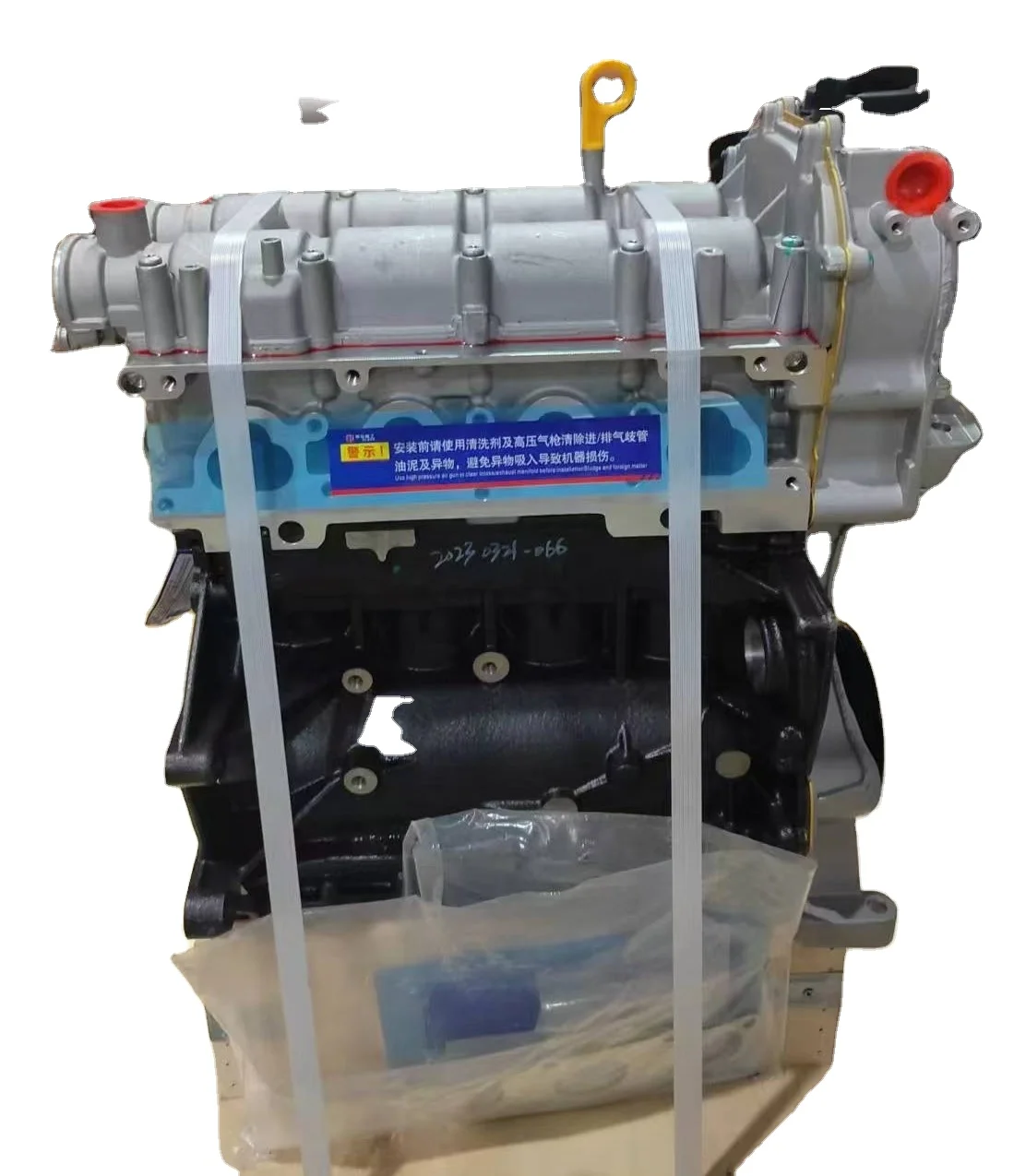Find the best clp engine for your specific needs.
Wiki Article
How a Clp Engine Can Boost Effectiveness in Various Industries
The development of CLP engines marks a considerable change in operational effectiveness throughout various fields, driven by their ability to enhance gas intake and lessen downtime. As companies increasingly prioritize sustainability along with efficiency, the function of CLP engines comes to be even a lot more crucial.Introduction of CLP Engines
CLP engines, or Constant Fluid Propellant engines, stand for a considerable improvement in propulsion modern technology, particularly for space applications. These engines utilize a continuous feed system that permits for the continual expulsion of propellant, causing improved efficiency and efficiency contrasted to standard solid or hybrid propulsion systems. By maintaining a consistent circulation of liquid propellant, CLP engines can attain a lot more exact thrust control, which is essential for maneuvering spacecraft in numerous goal situations.The style of CLP engines integrates advanced products and ingenious fuel management systems. clp engine. This results in lowered weight and boosted integrity, vital factors for long-duration room objectives. The constant procedure reduces the threat of combustion instability, an usual challenge in traditional rocket engines.

Benefits in Production
The production of Continual Fluid Propellant (CLP) engines offers a number of significant benefits that enhance both performance and cost-effectiveness. Among the key benefits is the streamlined production procedure, which reduces the intricacy connected with traditional propulsion systems. By utilizing fluid propellant, suppliers can achieve greater accuracy in engine efficiency, causing enhanced energy output and lowered waste.In addition, CLP engines assist in a higher degree of modularity, permitting much easier combination into numerous production lines. This adaptability can significantly lower preparations and improve overall functional versatility. Making use of CLP technology additionally has a tendency to minimize the demand for substantial maintenance as a result of fewer moving components, which translates right into decreased downtime and functional expenses.

Applications in Logistics
Leveraging Constant Liquid Propellant (CLP) engines in logistics provides considerable benefits in functional effectiveness and integrity. These engines supply a durable option for numerous transport demands, making it possible for the smooth activity of products throughout huge distances. The intrinsic style of CLP engines enables regular power result, which converts into smoother and a lot more predictable transportation routines.Among the key applications of CLP engines in logistics is in heavy-duty products transportation, where they can drive both ground and airborne cars. Their ability to maintain high efficiency under differing tons conditions guarantees that delivery timelines are fulfilled, therefore improving client fulfillment. Additionally, CLP engines can be integrated right into automated logistics systems, assisting in real-time tracking and optimizing course preparation.
Furthermore, the sturdiness of CLP engines decreases upkeep downtime, enabling logistics companies to optimize their operational capabilities. This is specifically helpful in warehousing operations, where performance in managing and carrying goods is essential. As logistics proceeds to develop, the assimilation of CLP engines represents a forward-thinking approach that not just improves efficiency however additionally supports the sector's growing demands for integrity and speed.
Impact on Power Efficiency
additional resources Exactly How do Continuous Fluid Propellant (CLP) engines improve power efficiency in transport? CLP engines utilize a regular flow of fluid gas, enhancing burning processes and keeping a stable drive output. This design decreases energy losses connected with conventional burning engines, where gas distribution can vary and bring about inefficiencies.The constant procedure of CLP engines allows for an extra reliable thermal cycle, resulting in greater specific impulse compared to standard engines. clp engine. This translates to minimized gas intake for the same amount of job done, significantly reducing functional costs across different transport industries, consisting of aviation and maritime markets
In addition, the ability of CLP engines to maintain optimal performance under varying tons problems lowers the need for regular velocity and slowdown, even more improving gas efficiency. Enhanced power performance not only adds to set you back financial savings but likewise results in reduce greenhouse gas exhausts, straightening with global sustainability goals.
Future Trends and Innovations
Arising improvements in Continual Fluid Propellant (CLP) engine modern technology promise to revolutionize the landscape of transportation efficiency and sustainability. As industries pivot toward greener alternatives, CLP engines stand at the forefront, integrating cutting-edge materials and style approaches that improve performance while reducing environmental impact.Among one of the most appealing patterns is the adoption of hybrid systems that incorporate CLP engines with renewable resource sources. This synergy can maximize gas usage and decrease emissions, aligning with worldwide sustainability objectives. Innovations in computational fluid characteristics (CFD) are helping with the design of even more aerodynamically efficient engines, leading to minimized drag and improved gas effectiveness.
In addition, the advancement of clever tracking systems is readied to improve functional effectiveness. These systems utilize data analytics and IoT modern technology to optimize engine efficiency in real-time, ensuring that the engines operate within their most reliable parameters.
As study continues to check out different propellant formulations-- such as biofuels and artificial gas-- the future of CLP engines looks promising. By taking advantage of these innovations, markets can not just improve their effectiveness yet also contribute substantially to a cleaner, more sustainable future in transport.
Verdict
In conclusion, CLP engines represent a substantial advancement in effectiveness throughout multiple markets. Their special info capability to maximize fuel usage and minimize functional prices, combined with a constant feed system, improves power result and functional reliability. The integration of sophisticated products and less relocating components minimizes maintenance requirements, while positioning with sustainability objectives placements CLP engines as a crucial informative post innovation for the future. Continued advancement in this area assures more renovations in performance and environmental performance.Report this wiki page